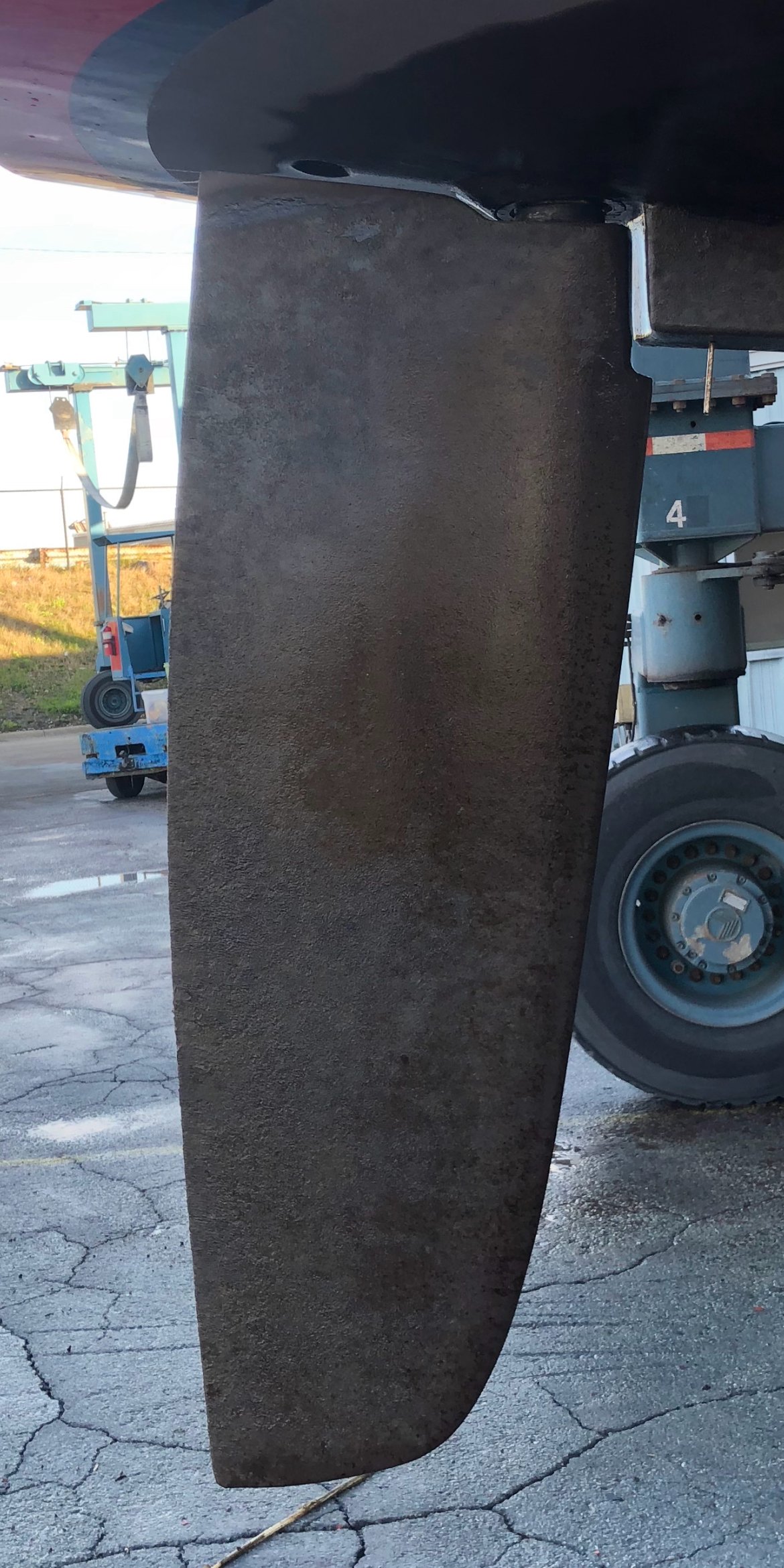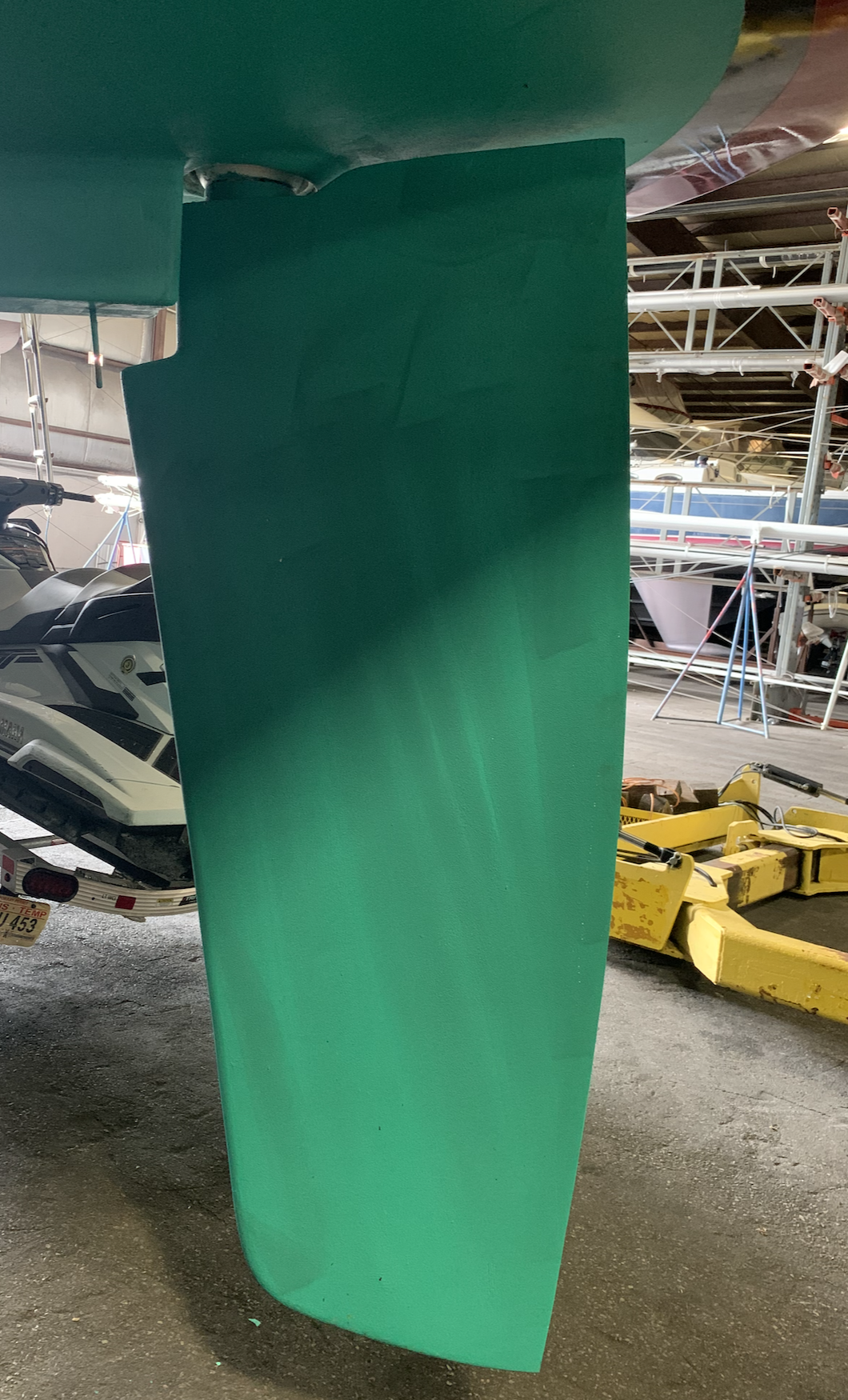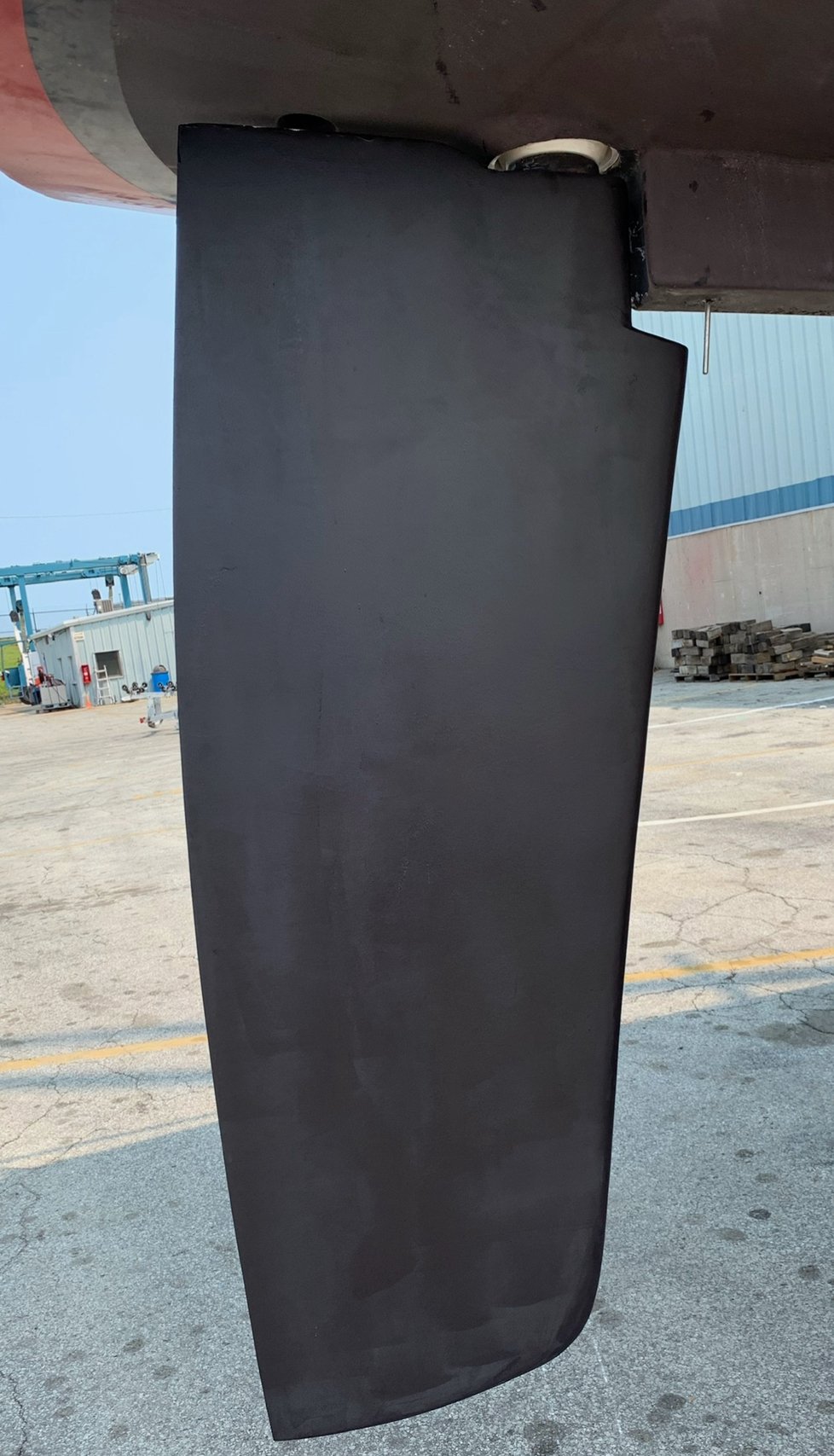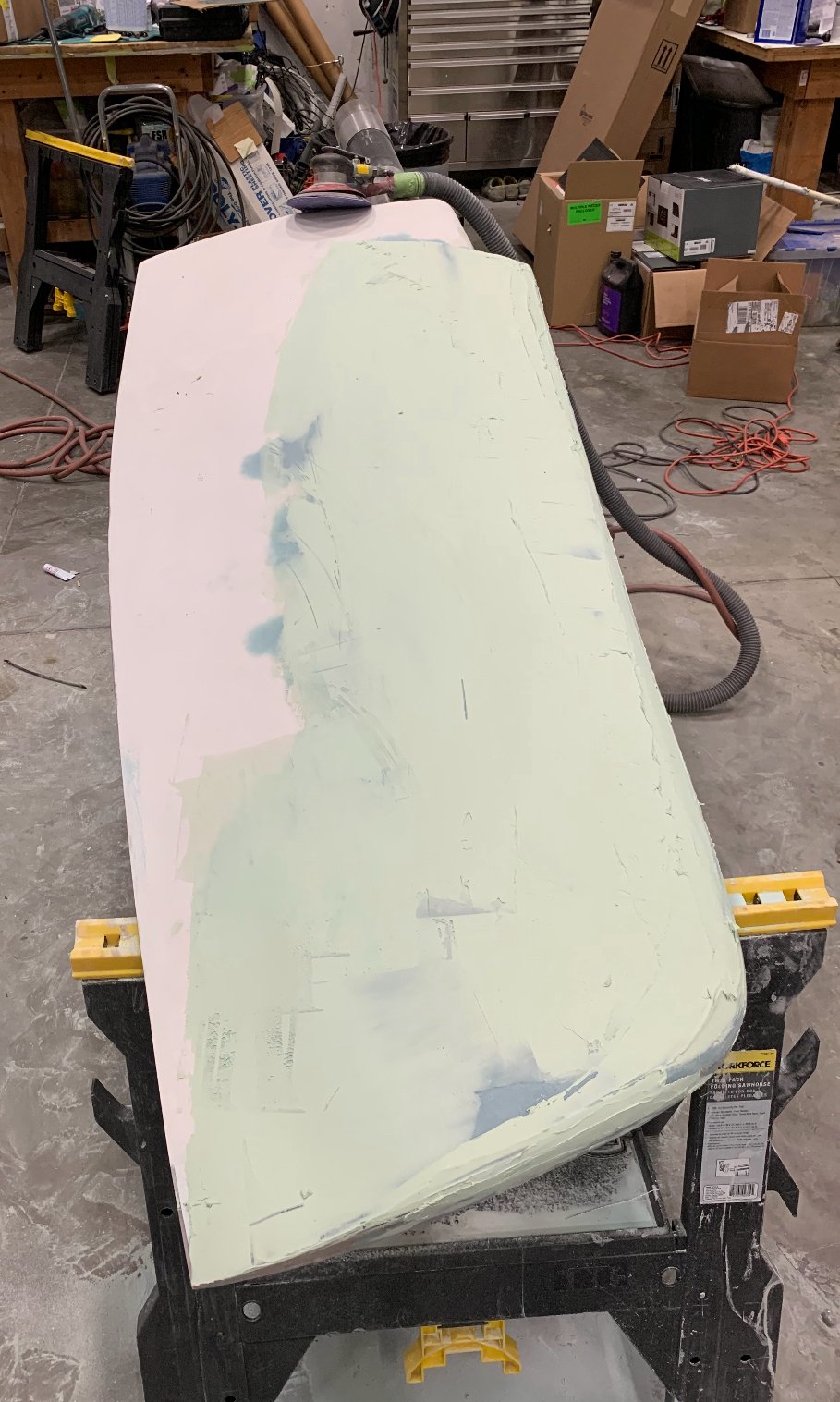Rudder Maintenance
It all begins with steering a yacht in different conditions. A fine helmsman wants to control the wheel or tiller gently; generally the mainsail trimmer keeps the rudder work at a minimum. But, if the rudder is unbalanced, this is hard to achieve.
This particular vessel had a few issues highlighted by the skipper/owner and by other helmsman which steered her extensively during extended crossings.
The biggest issue was the “Weather Helm” or when a vessel struggles to hold a course and tends to drive the bow into the wind, and the sails overpower the ability of the rudder to steer. The typical counteraction that takes place with weather helm is an excess of steering angle trying to compensate. This action increases drag dramatically. Fighting an unbalanced rudder is also extremely tiring for your helmsman and your autopilot.
Along the years, the struggle steering the vessel can translate to a number of issues: (1) limited number of helmsman able to steer in heavy air; (2) reduction of performance; (3) abnormal consumption of the polymeric self aligning bearings; and (4) vibrations at the wheel.
In this case, we identified the only viable solution in disassembling the rudder, studying the foiling and balancing dimensions, researching various boats from the same manufacturer/designer and finally rebalancing the rudder foil.
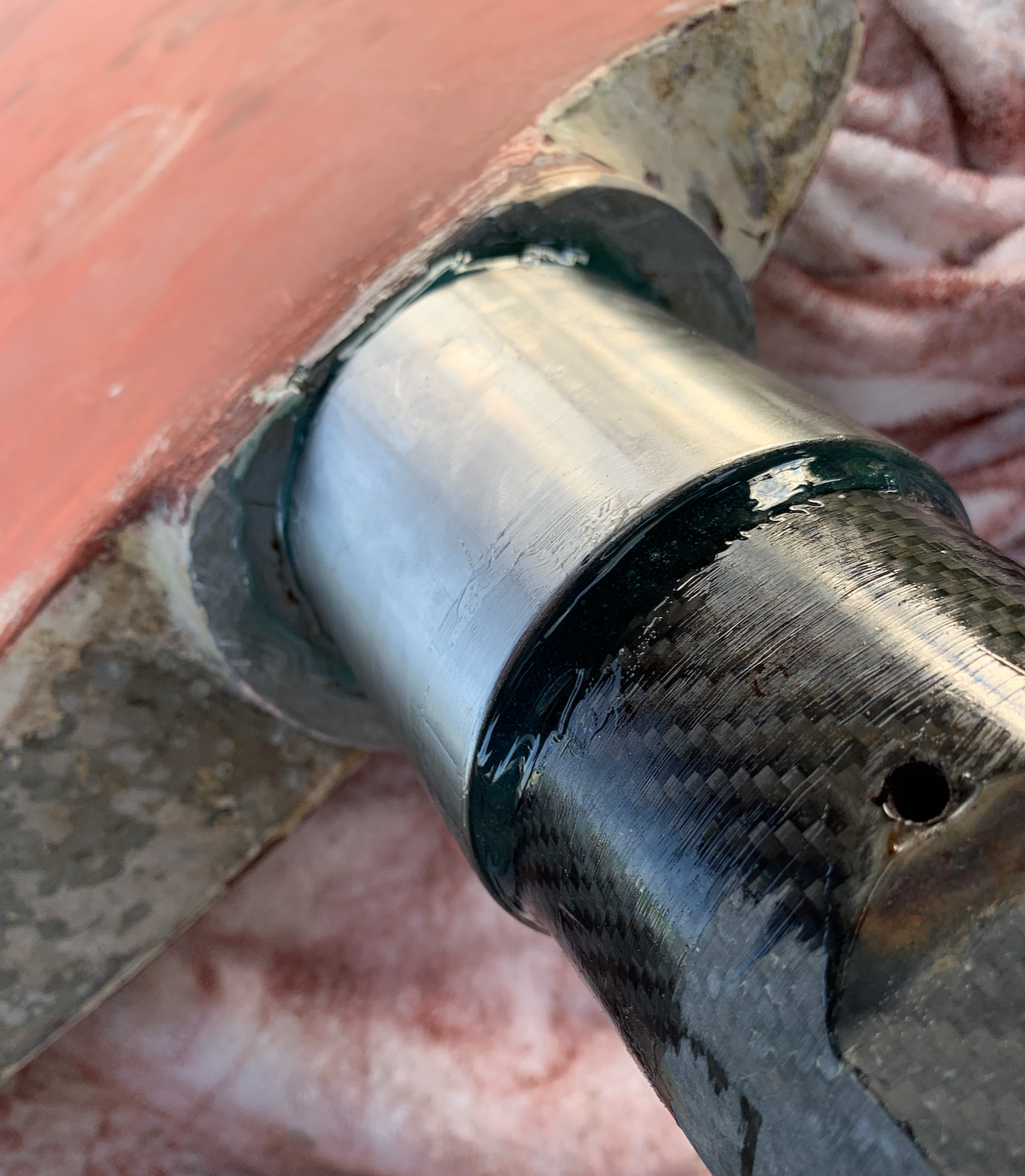
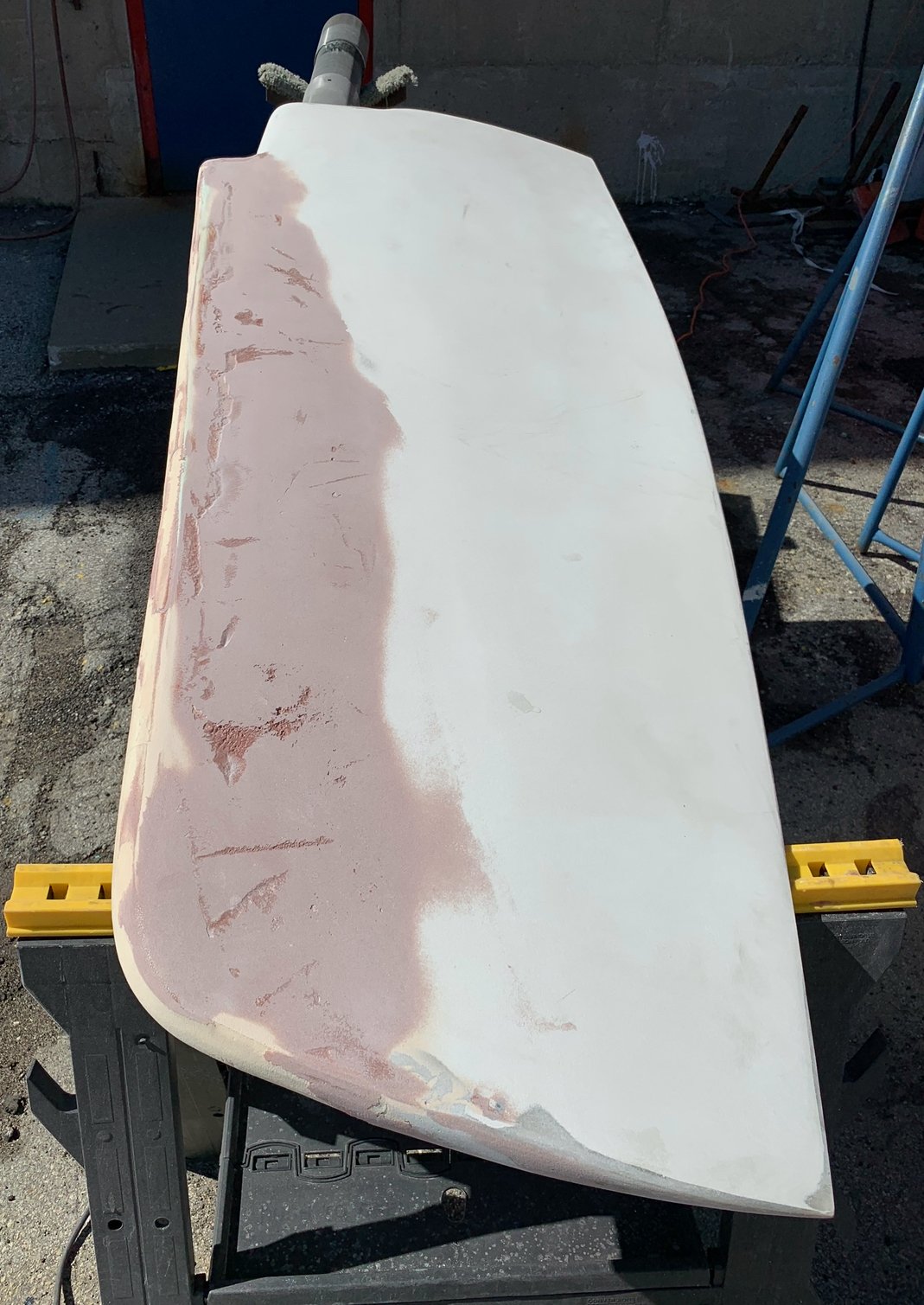
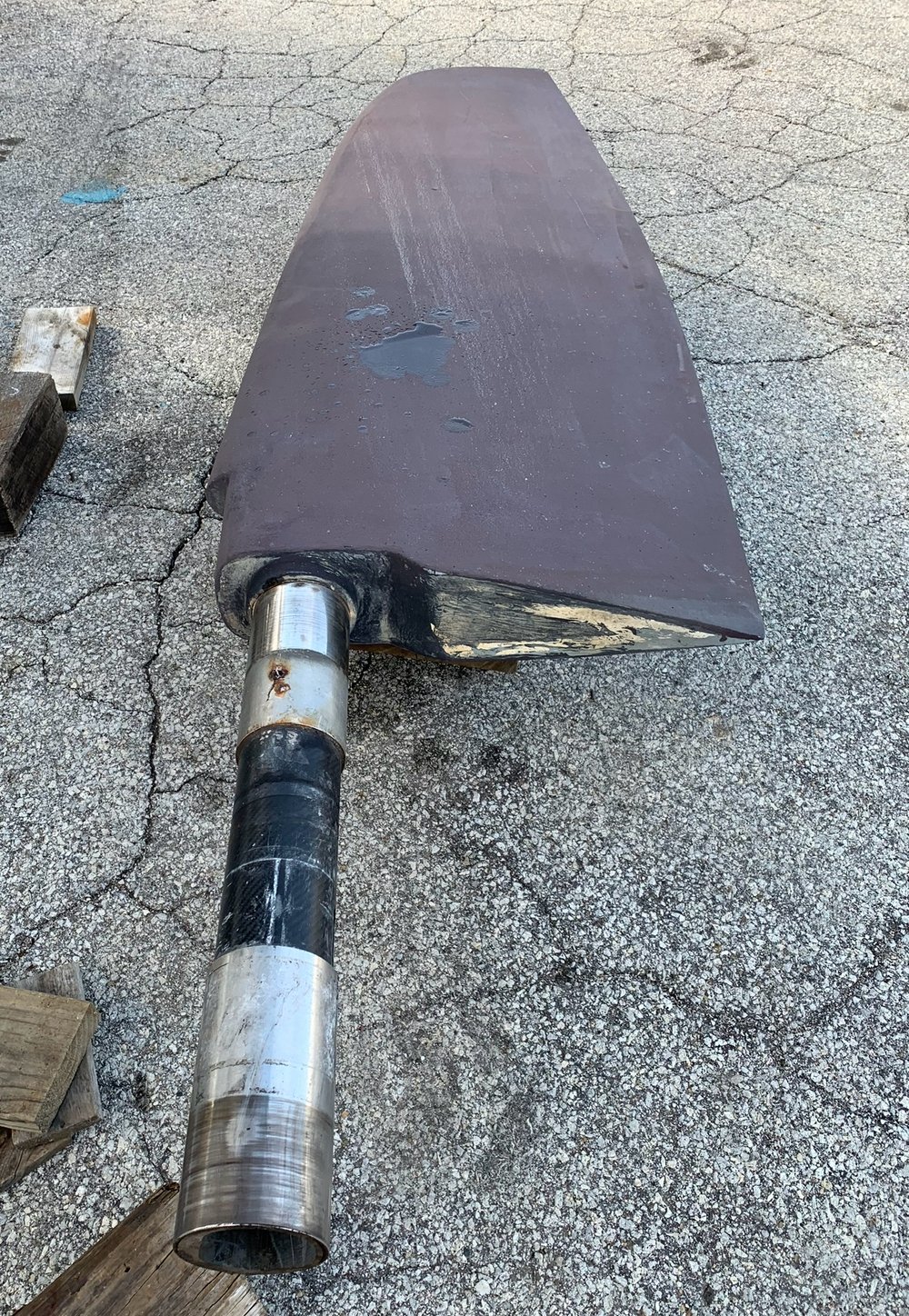
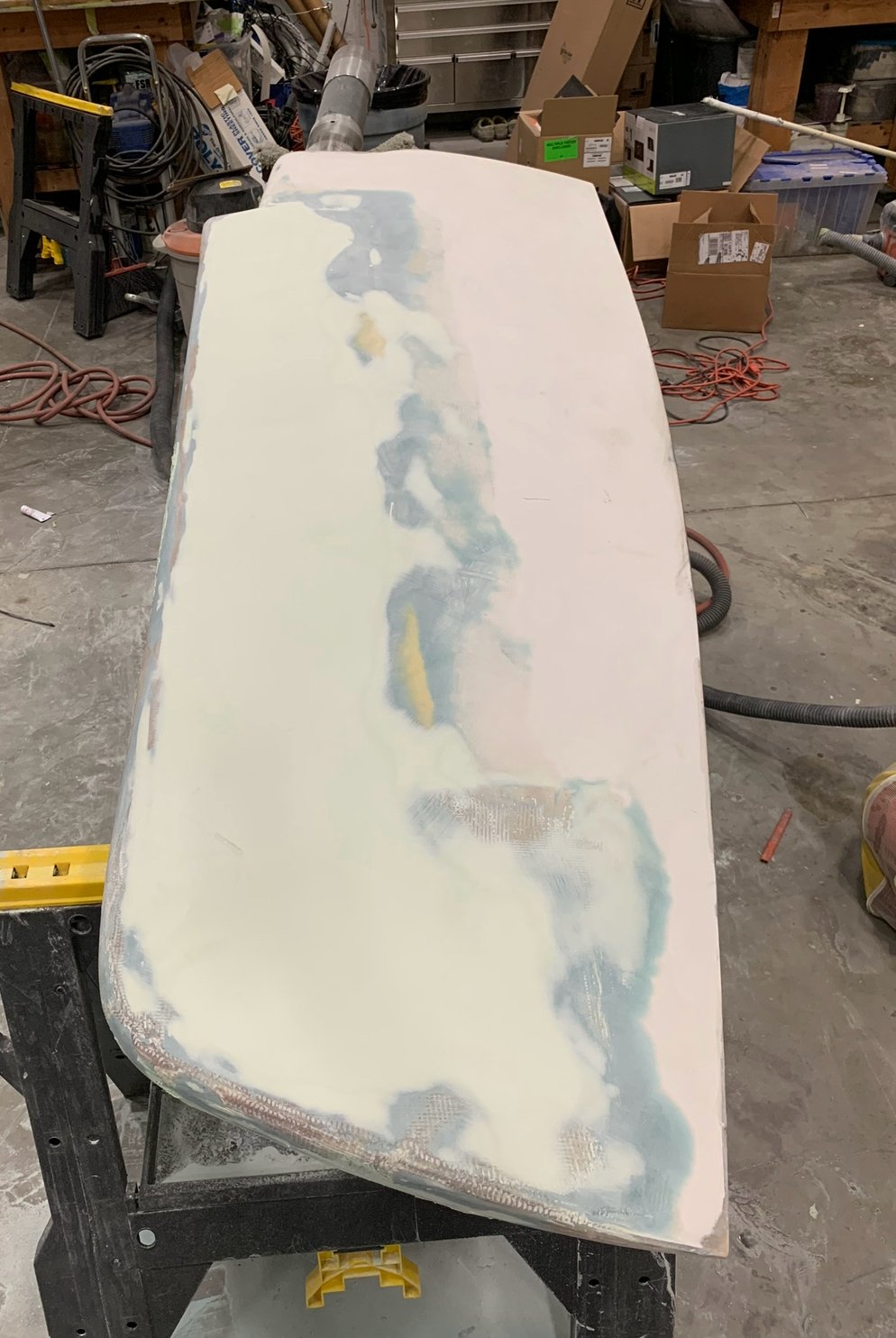
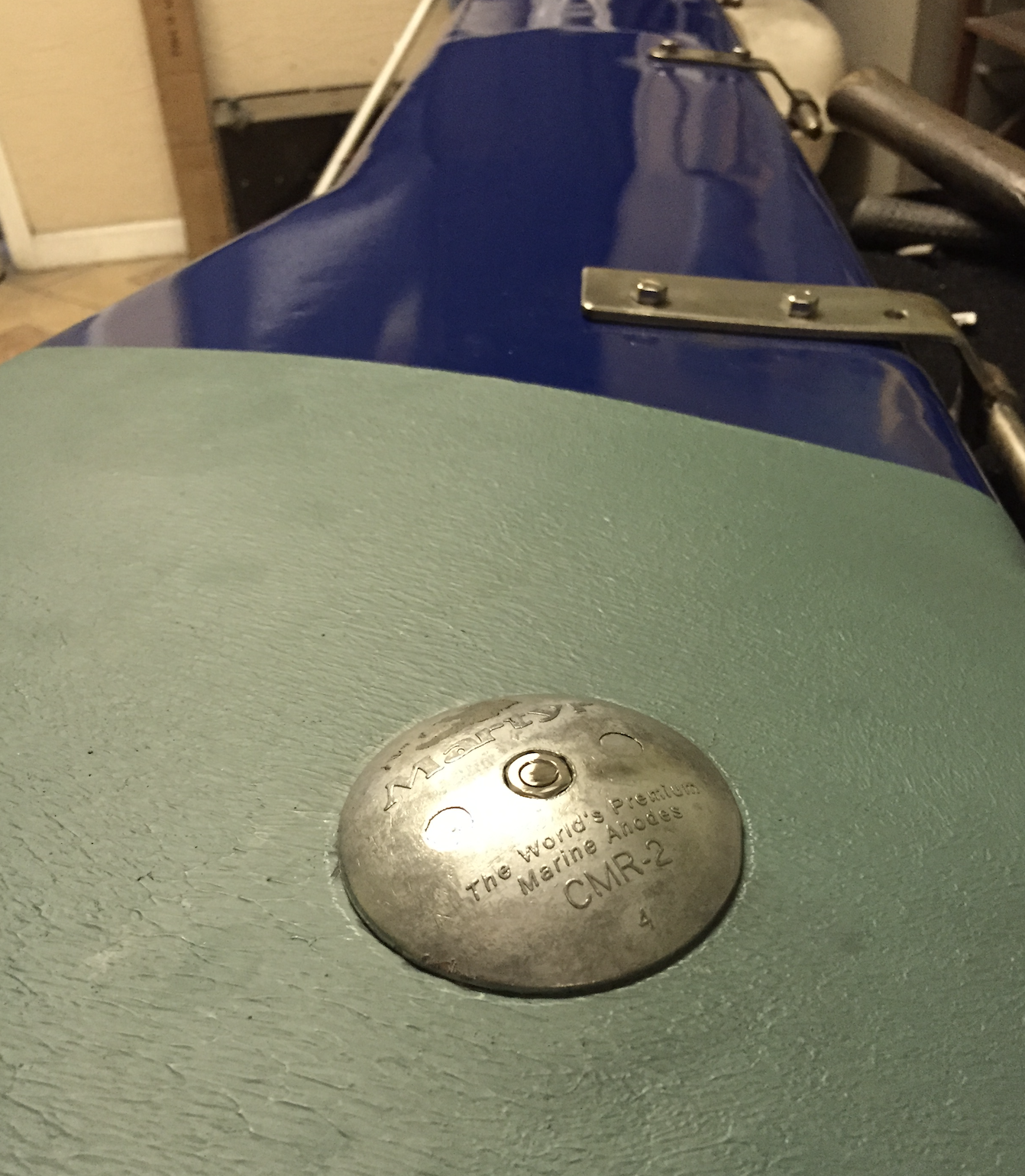
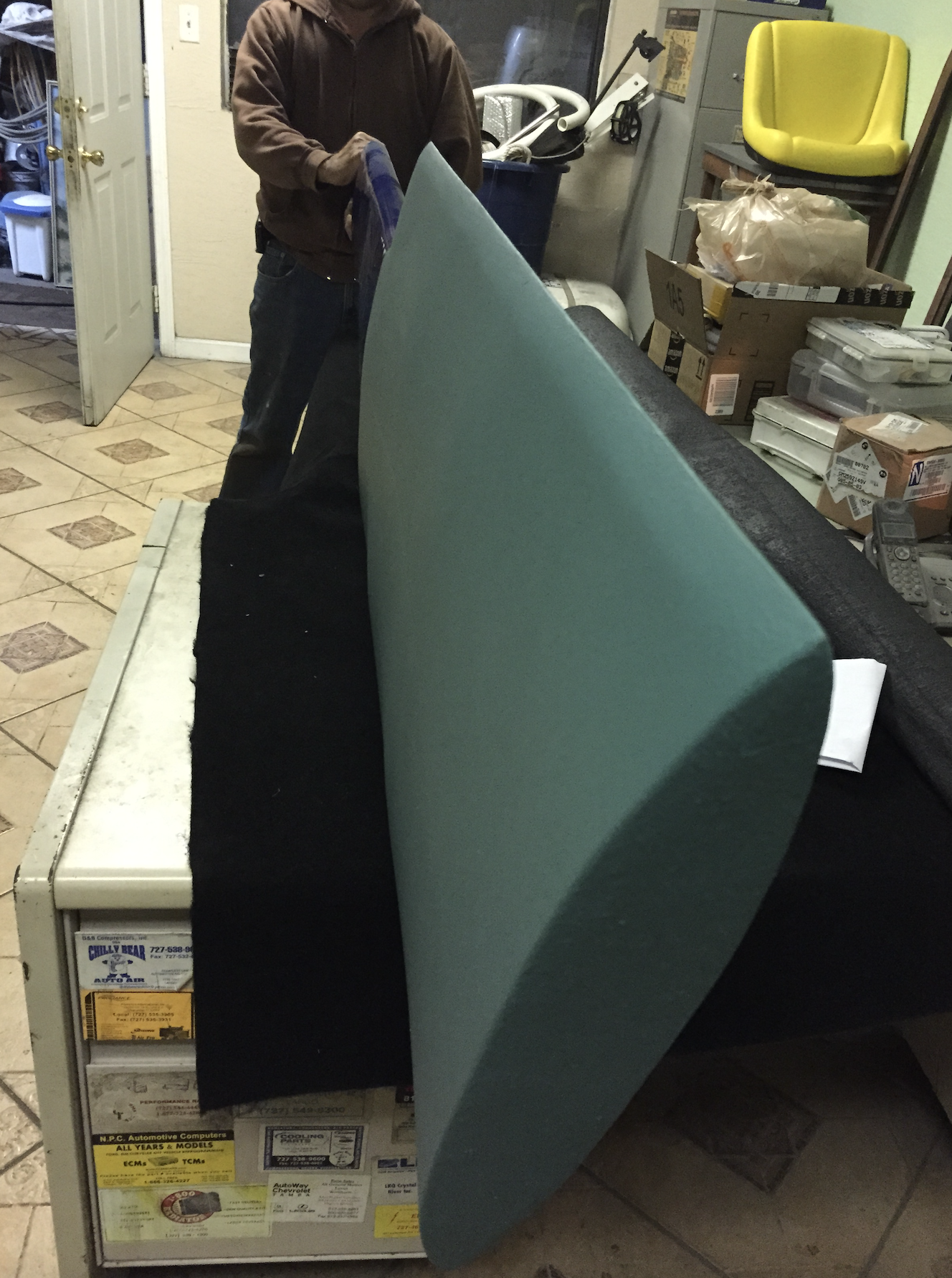
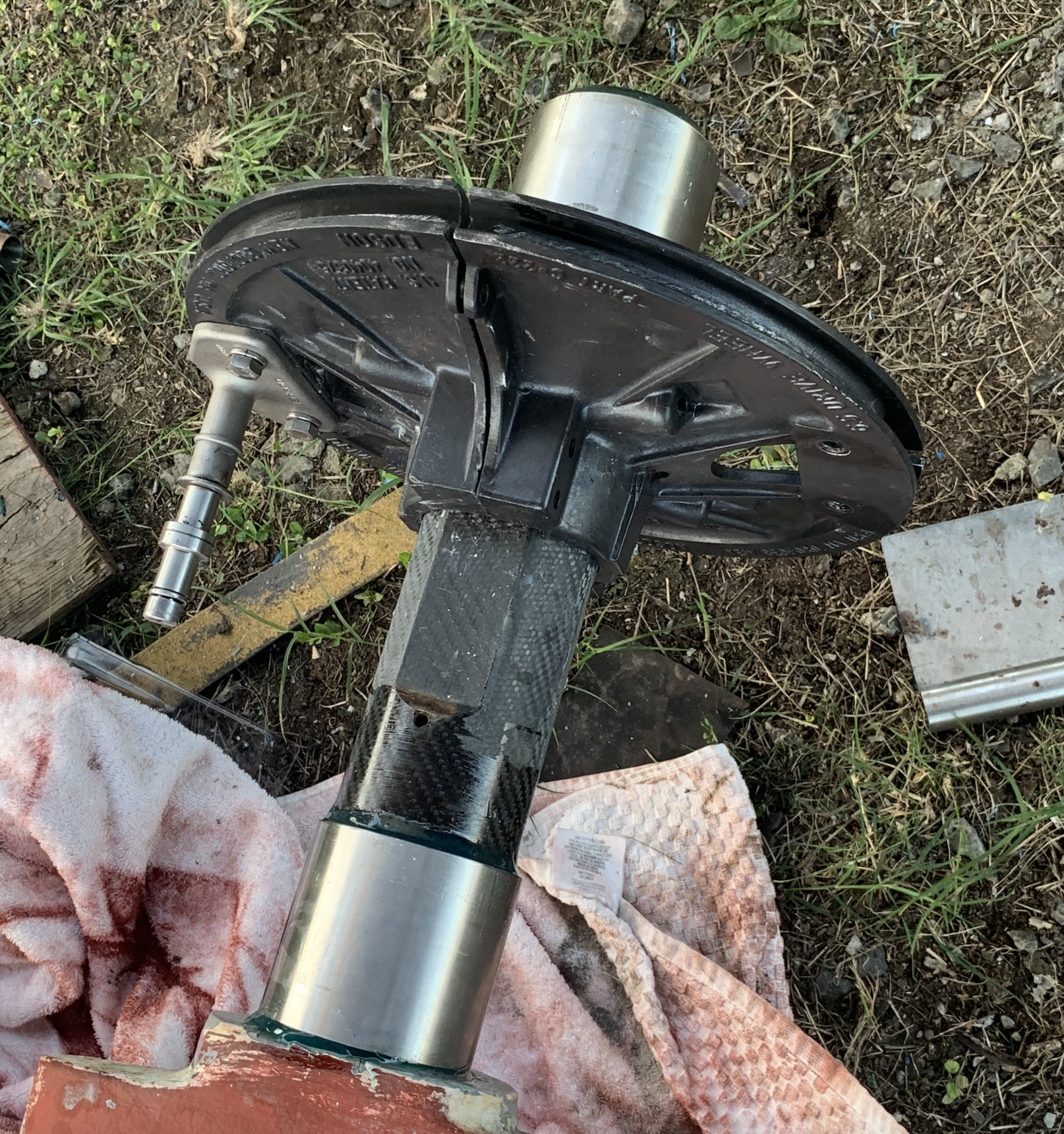
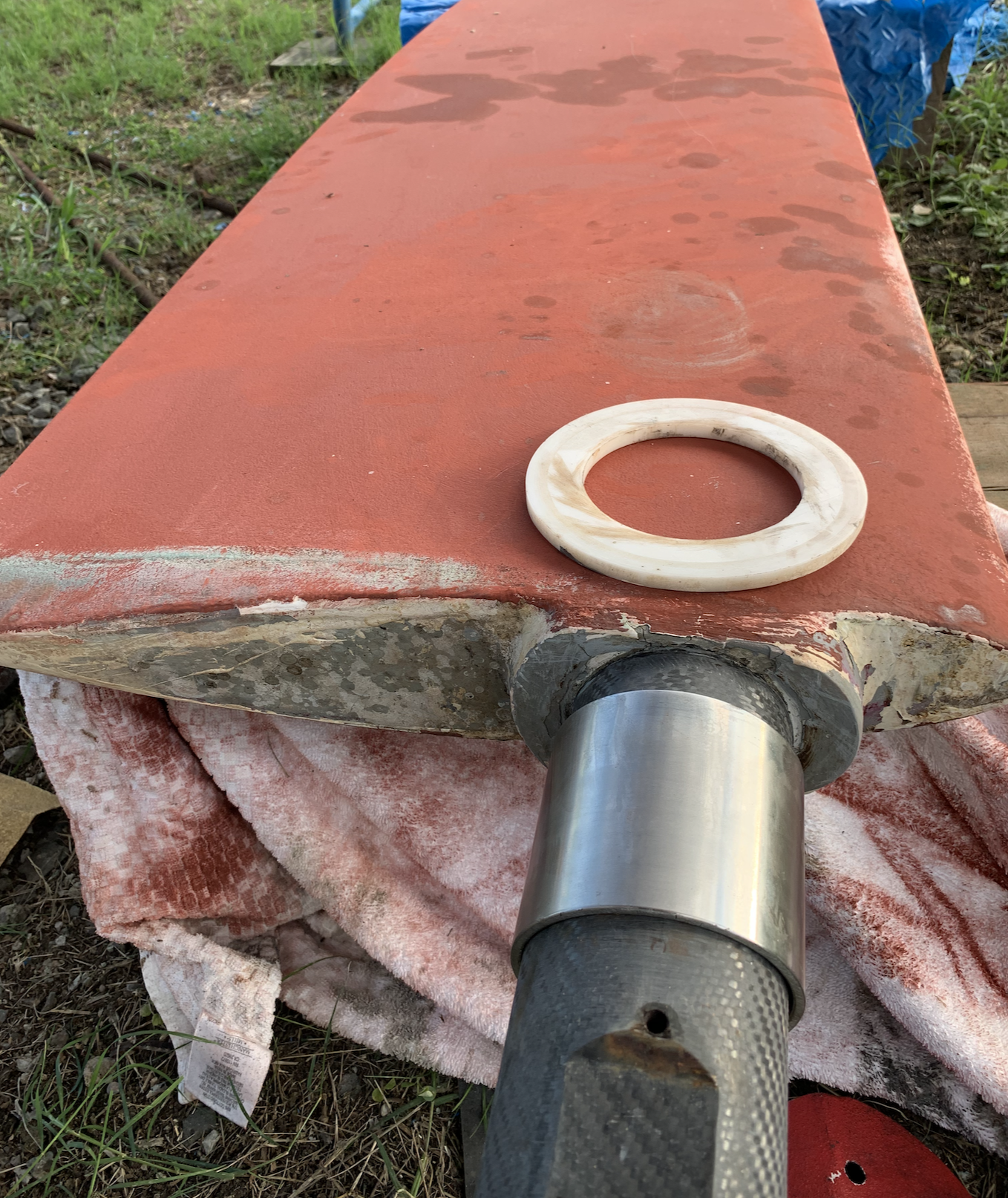
Below the T4300 study with some rudder balancing comparison, the final product was eventually an hybrid between T43+2 and T43+3


